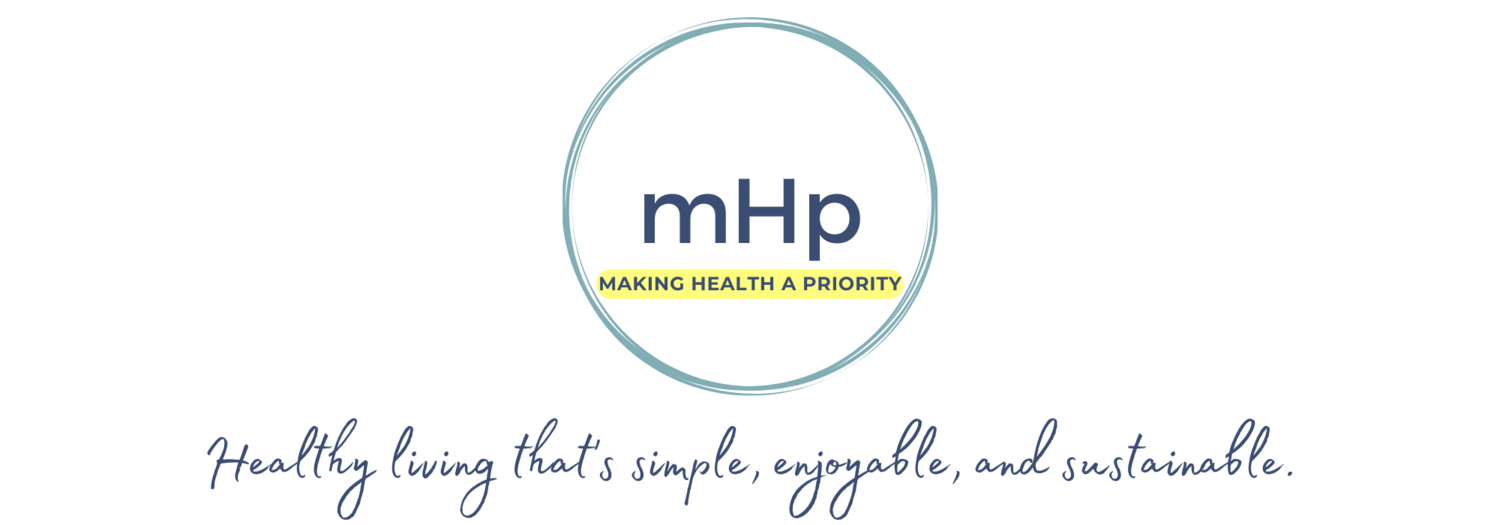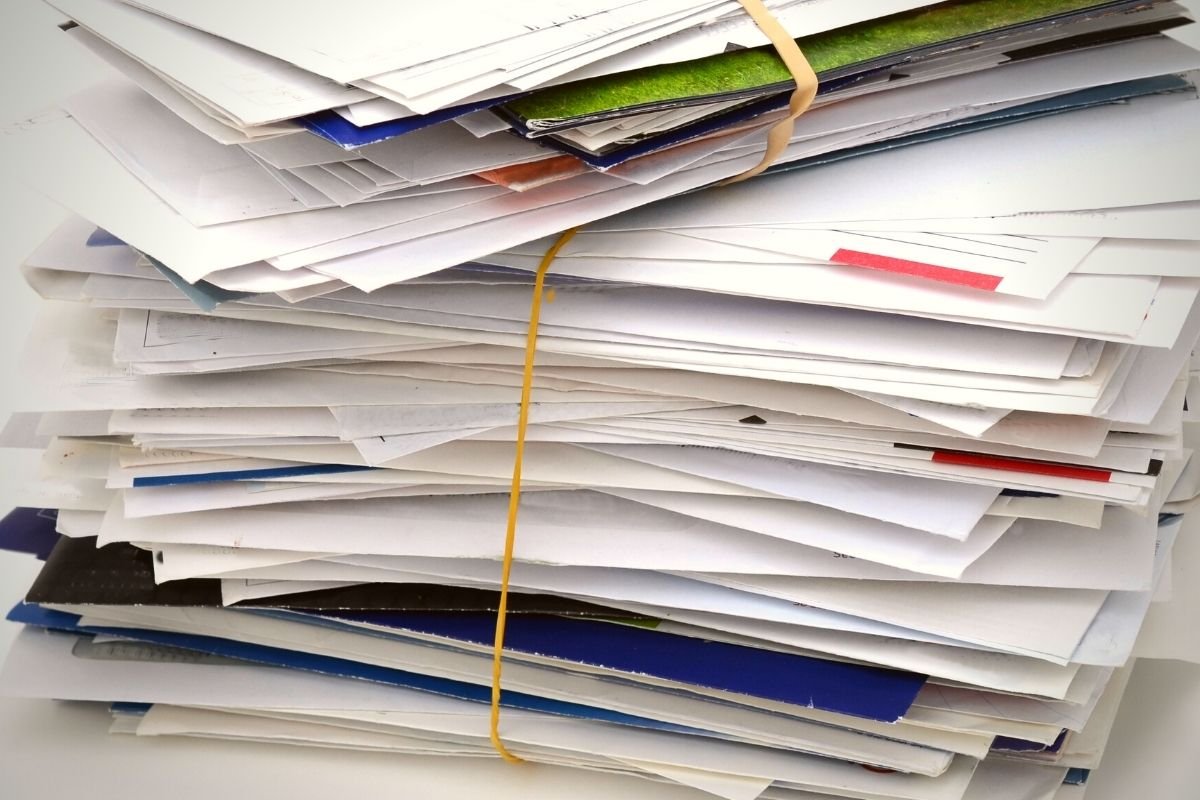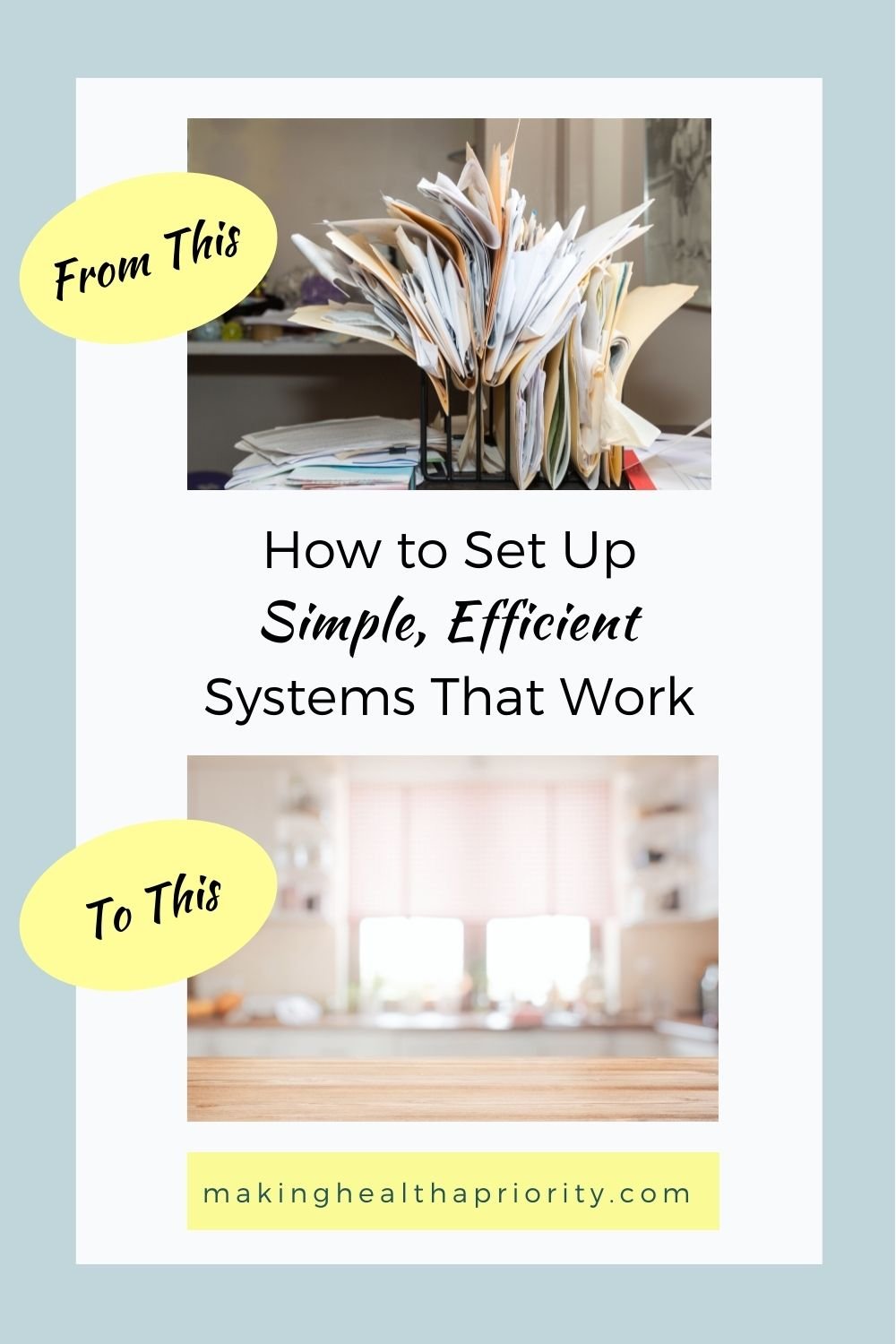How to Set Up Simple, Efficient Systems That Work
Ever take the time to set up the perfect system in your life... then never actually use it?
I have... More times than I'd like to admit.
I’ve learned (the hard way) that when systems in my life don't work, it's almost always for one reason: complexity.
Take, for example, paper mail — all those papers that you're hesitant to throw out (because you might need to refer to them later), yet you don't quite know what to do with them.
My Old System
Several years ago, I set up a super-organized filing system for my mail and randoms papers.
But guess what? I didn’t use it.
Why? Because I never felt like taking the time to categorize my mail into one of about 30 file folders.
The result? My mail would pile up on my kitchen countertop. Kinda like this:
A Breakthrough
One day I got tired of looking at the stack of mail on my counter (yet I still wasn't motivated to file it), so I dumped the whole pile into a plastic bin, and I put it in a closet.
It was amazing. All of that clutter... out of sight and out of mind… within seconds! It felt like this:
A New, SIMPLE System
That’s when I decided that filing every piece of mail wasn’t worth my time and energy. I replaced most of my filing folders with a dump bin (AKA a “probably don’t need this but might” bin).
So now my mail system works like this:
As soon as mail (and other random papers) come into the house, I decide if they need to be kept or discarded. (Over 95% get discarded in this step.)
For items that I need to take action on, such as a bill that needs paid or a check that needs deposited, I either take care of it right away or keep it visible in a small basket in my office until completion. (I use online billing and autopay whenever possible, so there aren’t many of these items.)
The rest of the papers, which fall into the “probably don’t need but might” category, go into my dump bin, uncategorized, out of sight in the closet. (I know there are some type A folks cringing right now, lol.)
Note: I still keep a few folders for important documents, such as papers needed for filing taxes. But overall I file much less than I used to (attempt to) file.
How It’s Working
I’ve used this system for over a decade now. It allows me to:
Take care of my mail in about 30 seconds.
Rarely have papers cluttering my kitchen countertop.
Know where to find papers I need.
In the past year, I don’t think I’ve needed to retrieve an item from the dump bin once.
Every couple years or so, I take out the bottom half of the papers in the bin, look through them, and destroy most of them.
How to Set Up Simple, Efficient Systems That Work
The point I want to make from my mail example is this: Once I SIMPLIFIED the system, it became usable.
This simplified version, which takes less time and is easier, has given me long-term results — countertop freedom for over a decade now. :)
The same is true with systems we set up for our health. Things like:
Meal planning
Exercise
Morning/evening routines.
The most nutritious meal plan… the most awesome workout regimen… the most productive morning and evening routines… only get you results when you actually USE them.
If you find yourself not implementing a system that you set up, it's probably too complex. How can you SIMPLIFY to make it more usable?
Here are a couple “rules” to keep in mind as you set up systems in your own life:
RULE #1
Make your system as SIMPLE and QUICK as possible.
RULE #2
If your system isn’t working, refer to rule #1, and simplify it even more.
Pin It! Follow mHp on Pinterest!
How About You?
Have you had a similar experience in setting up systems in your life? I’d love to hear about it. Leave a comment below!
If you like tips/tricks to make healthy living simple, enjoyable, and sustainable, then I invite you to subscribe to my newsletter. This is where I share new posts and exclusive content!
This post was originally published on 1/18/22.






